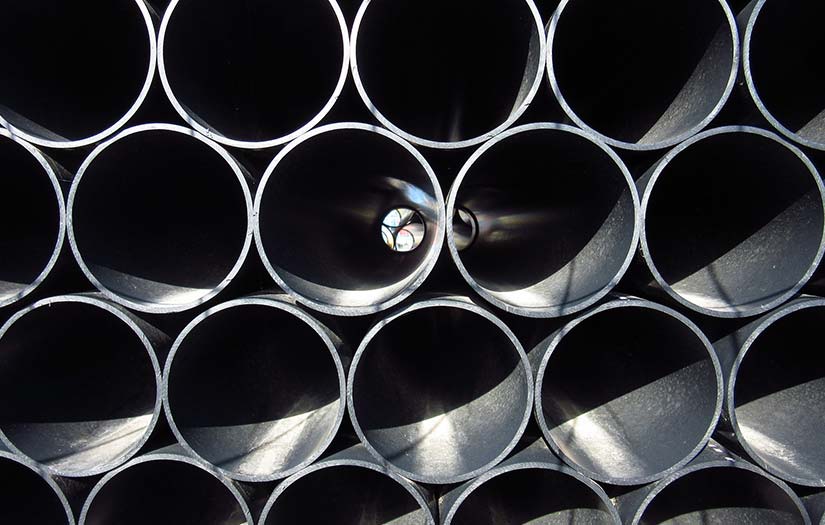There are several families of stainless steels with different physical properties. The magnetic properties of stainless steel are very dependent on the elements added to the alloy. A basic stainless steel has a "ferritic" structure and is magnetic by adding chromium, which can be hardened by adding carbon to make it "martensite". However, the most common stainless steels are "austenitic" - they have a higher chromium content and also have nickel added. Nickel is what changes the physical structure of steel and makes it theoretically non-magnetic.
304 stainless steel contains chromium (18% minimum) and nickel (8% minimum). This is an austenitic steel that responds only slightly to magnetic fields. It also contains 18-20% chromium and 8-10.5% nickel, as well as small amounts of other elements.
316 stainless steel is a molybdenum alloy steel. The response to magnetic fields is also negligible, meaning it can be used in applications that require non-magnetic metals. It also contains other elements in varying concentrations.

Since both 316 stainless steel and 304 stainless steel are austenitic, when they cool, the iron remains in the form of austenite (gamma iron), the non-magnetic ferrous phase. The differences in solid iron correspond to different crystal structures. In other steel alloys, this high temperature phase of iron transforms into a magnetic phase as the metal cools. The presence of nickel in the stainless steel alloy stabilizes the austenite against this transformation as the alloy cools to room temperature. This corresponds to a slightly larger magnetic susceptibility than we would expect for other non-magnetic materials, but still well below what might be considered magnetic.
However, this does not mean that you should make such low sensitivity measurements on any 304 or 316 stainless steel material you come across. Any process that changes the crystal structure of stainless steel can transform austenite into the ferromagnetic martensitic or ferritic form of iron. These processes include cold working and welding. Austenite may also spontaneously transform into martensite at low temperatures. Further complicating the problem, the magnetic properties of these alloys depend on the alloy composition. Significant differences in magnetic properties can be observed for a given alloy within the allowable Ni and Cr variations.
Both 304 and 316 stainless steels have paramagnetic properties. As a result of these properties, small particles (eg spheres of about 0.1-3 mm diameter) can be attracted to a ferromagnetic separator located in the product stream. Depending on their weight, especially their weight ratio to the magnetic attraction, these small particles will remain on the magnet during production.
These can be removed during the magnet cleaning operation. From our experience, 304SS small particles are easier to hold in the flow than 316 stainless steel particles because it is slightly more magnetic.